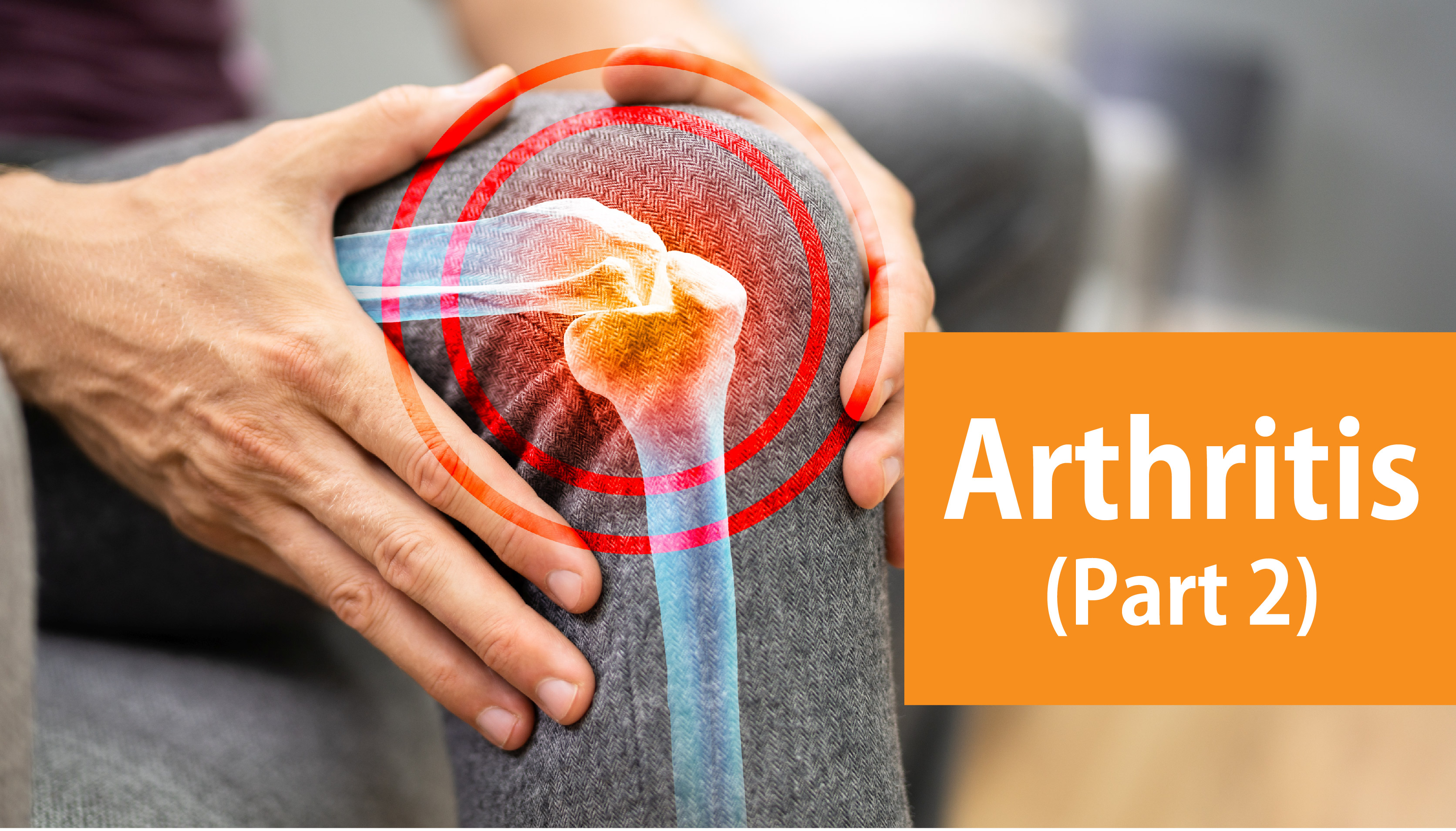30 November 2024
In the previous article, we gained an initial understanding of arthritis. Today, let's delve deeper into a significant topic—Osteoarthritis! This is a common issue faced by many, particularly as they age. However, many choose to silently endure the pain, missing the golden window for early treatment, which can lead to the need for more expensive treatment later on.
What is Osteoarthritis?

Osteoarthritis, also known as degenerative joint disease, is one of the most common forms of arthritis. Imagine if you bought a brand-new sports car, you'd be excited to drive it every day naturally. But after a while, the tyres begin to wear down, and other car parts start to show signs of wear. Our joints are similar to this car. Each joint has cartilage, which acts like a cushion, helping to absorb pressure and reduce friction. When the cartilage wears down, the joint can swell, and in severe cases, bones may rub against each other, causing pain and stiffness. So, when we walk daily or engage in regular activities, prolonged use can cause "wear and tear," leading to pain, stiffness, or even swelling, especially affecting our mobility.
Common Affected Areas and Symptoms

Osteoarthritis often affects joints that are frequently used, such as:
· Knees and hips: Major weight-bearing joints of the body
· Finger joints and lower back
The pain from osteoarthritis usually worsens with movement but tends to ease with rest. Many believe that osteoarthritis is solely a problem for the elderly. However, those over 50 are already at higher risk. Younger individuals can also be affected if they have untreated sports injuries or trauma, which may lead to osteoarthritis later in life. Therefore, osteoarthritis is not a normal part of ageing. It is a medical condition that doesn't necessarily affect everyone. Early detection and prevention are crucial.
Causes and Prevention of Osteoarthritis


If you notice knee pain persisting for more than three months, pain during movement, or discomfort when getting out of bed in the morning, it’s time to pay attention. Some patients experience symptoms early but only consult a doctor when the pain becomes severe. At this stage, a knee replacement might be necessary, which can be costly. Therefore, if you experience discomfort, it’s best to consult a doctor early on. Don’t delay seeking help out of concern for being a burden to your family, as this can affect your daily life.
How to Prevent Knee Osteoarthritis?

1. Maintain a healthy weight: Excess weight places more pressure on the knees, leading to quicker cartilage wear. Keeping a healthy weight reduces the strain on your knees.
2. Regular exercise: Moderate exercise, particularly those that target the knees, can be beneficial. Avoid avoiding activity due to fear of pain, as inactivity can actually worsen the condition. Cycling and swimming are excellent choices as they strengthen the surrounding muscles and reduce joint pressure.
3. Prevent knee injuries: Warm-up properly before exercising, and wear protective gear such as knee pads to minimise the risk of injury. If an injury does occur, seek medical attention promptly to prevent a minor issue from turning into a significant problem.






